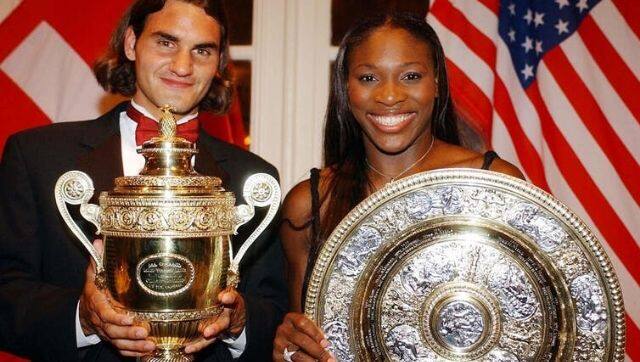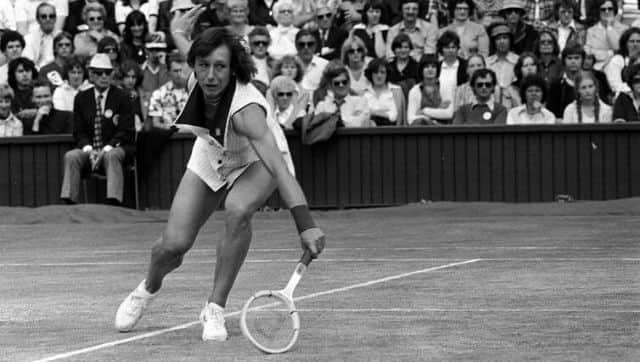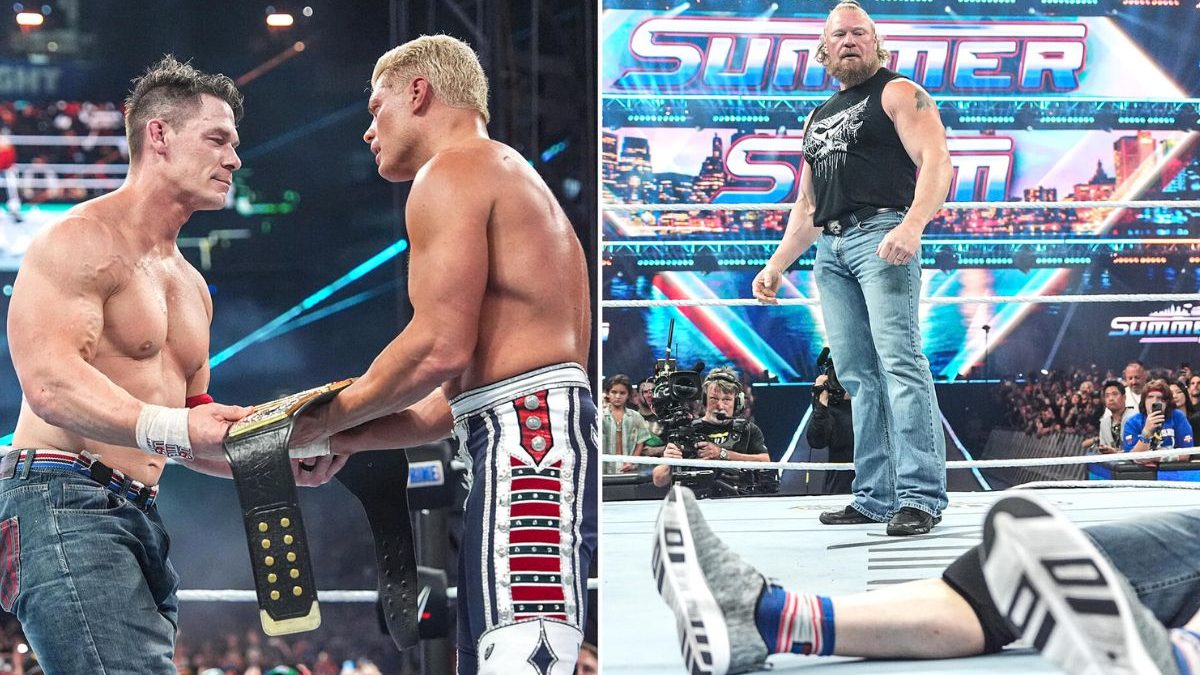By John William Devine It is established wisdom in boxing that ‘styles make fights.’ The best fights involve opponents of contrasting skills and abilities. Classic rivalries such as Muhammad Ali v Joe Frazier and, most recently, Tyson Fury v Deontay Wilder pitted ‘boxers’ (technicians who rely on boxing craft) against ‘punchers’ (street fighters who rely on punching power). What is true in the boxing ring is also true on the tennis court: many of the greatest tennis rivalries have also comprised players of markedly different styles. Björn Borg v John McEnroe, Chris Evert v Martina Navratilova, and Pete Sampras v Andre Agassi all matched up a serve-and-volleyer against a baseliner. These rivalries ran deeper than the closeness of their contests. They showcased two fundamentally different philosophies of tennis. A golden era? We are told that this is a
golden era for tennis. In many ways, this is readily apparent. Tennis athletes have never been fitter, rivalries have never been more intense, and four players of this era – Novak Djokovic, Roger Federer, Rafael Nadal and Serena Williams – have a legitimate claim to be the ‘greatest of all time.’ This has truly been a golden generation of tennis players. But it has not been a golden era for tennis. [caption id=“attachment_8610031” align=“alignnone” width=“640”]
 Wimbledon, 2003: The start of a golden generation. Image via The Conversation/ Rebecca Naden/ PA[/caption] The ethics of how sports are allowed to develop and what should count as ‘progress’ are central preoccupations of my academic research in the
philosophy of sport. A golden era for a sport should showcase the full spectrum of skills and abilities – of excellences – that the sport makes possible. By contrast, in this tennis era, the spectrum has narrowed so that all viable playing styles are fundamentally anchored to the baseline. Serve-and-volley tennis has disappeared, and all realistic grand slam title contenders are baseliners of one kind or another. The sport is more uniform in how it is played than at any other point in the professional era. This narrowing of excellence is a problem because it limits how a player can express themselves. Sports present obstacles for players to overcome using their skill, guile, tenacity, and physical prowess. Constraints created by the rules and by one’s opponent place obstacles in the way of scoring a goal, shooting a basket, or hitting an ace. The demise of serve-and-volley tennis over the last two decades has shoehorned tennis players into choosing from among a small group of playing styles and it has effectively excluded those whose skill set does not fall within the smaller cluster of excellences that remain relevant in the sport. By narrowing the spectrum of viable strategies, the sport is diminished, not only as an avenue for testing and showcasing a variety of different excellences, but also as an avenue for self-expression. Serve-and-volley tennis Serve-and-volley tennis is inherently confrontational. It narrows the physical space between opponents as one approaches the net, it quickens the exchange of shots, and it poses a challenge to “hit past me or through me”. The best serve-and-volleyers are relentless – they return to the net point after point, laying down the same challenge anew. The beauty of this style lies precisely in its lack of surprise. It was entirely predictable that Pete Sampras or Martina Navratilova would attack the net after their serve. Everyone, especially their opponents, knew this. And they knew that their opponent knew this. But they did it anyway. Like a football goalkeeper, they challenged their opponent to defy the odds and find that tiny spot beyond their reach – point after point. [caption id=“attachment_8610051” align=“alignnone” width=“640”]
 Predictable but effective: Martina Navratilova defeats Chris Evert to win Wimbledon, 1978. Image via The Conversation/ PA[/caption] However, net play is now a dying art. No serve-and-volleyer, male or female, has won a grand slam since Sampras’s last
US Open victory in 2002. Lighter, more powerful rackets, polyester strings, and the introduction of slower court surfaces and balls have shifted the odds heavily in favour of the baseliner and against the net rusher. Polyester strings, in particular, have made it easier than ever before for players to generate enormous spin. This spin in turn allows the baseliner both to dip the ball sharply over the net at the volleyer’s feet and to find previously impossible angled passing shots. The sight of Djokovic or Williams straining every sinew to reach the ball and then, at full stretch, hitting a sharp-angled passing shot for a clean winner is perhaps the defining image of modern tennis. Achieving a balance of excellences Any complex sport must allow different styles of play to flourish. Within the possible arrangements of the rules, there is an ideal balance – an equipoise – that allows a variety of styles a realistic prospect of success. When a sport achieves such a ‘
balance of excellences,’ one style is not favoured to the extent that others are rendered redundant. [caption id=“attachment_8610071” align=“alignnone” width=“754”]
 Wimbledon men’s final, 2019. Image via The Conversation/ Laurence Griffiths/ PA[/caption] However, tennis authorities have allowed the development of equipment to run ahead of reflection on their effects, so that one of the sport’s fundamental playing styles has become an historical curiosity, not the foundation of a serious game plan. Approaching the net is now used as little more than an occasional surprise play. Stewards of the sport have failed in their duty to manage its evolution so that all of the excellences that define the game are preserved. Serve-and-volley tennis was not a feature of the sport from its inception, and it only came to prominence in the 1950s. However, it presented a genuinely innovative way to explore court geometry. Such innovation should not be consigned to the scrapheap. This is a golden generation of tennis greats who have brought baseline play to a point of perfection, but this era boasts strikingly little diversity in playing styles. Perhaps we have gone too far for a recalibration, but swimming has banned full body 100% polyurethane suits, and golf has banned the anchored putting technique, so why can’t tennis reconsider rackets, strings, courts and balls so that net rushers once again have a fighting chance? John William Devine, Lecturer in Sports Ethics and Integrity,
Swansea University This article is republished from
The Conversation under a Creative Commons license. Read the
original article.
Serve-and-volley tennis was not a feature of the sport from its inception, and it only came to prominence in the 1950s. However, it presented a genuinely innovative way to explore court geometry.
Advertisement
End of Article


)

)
)
)
)
)
)
)
)



